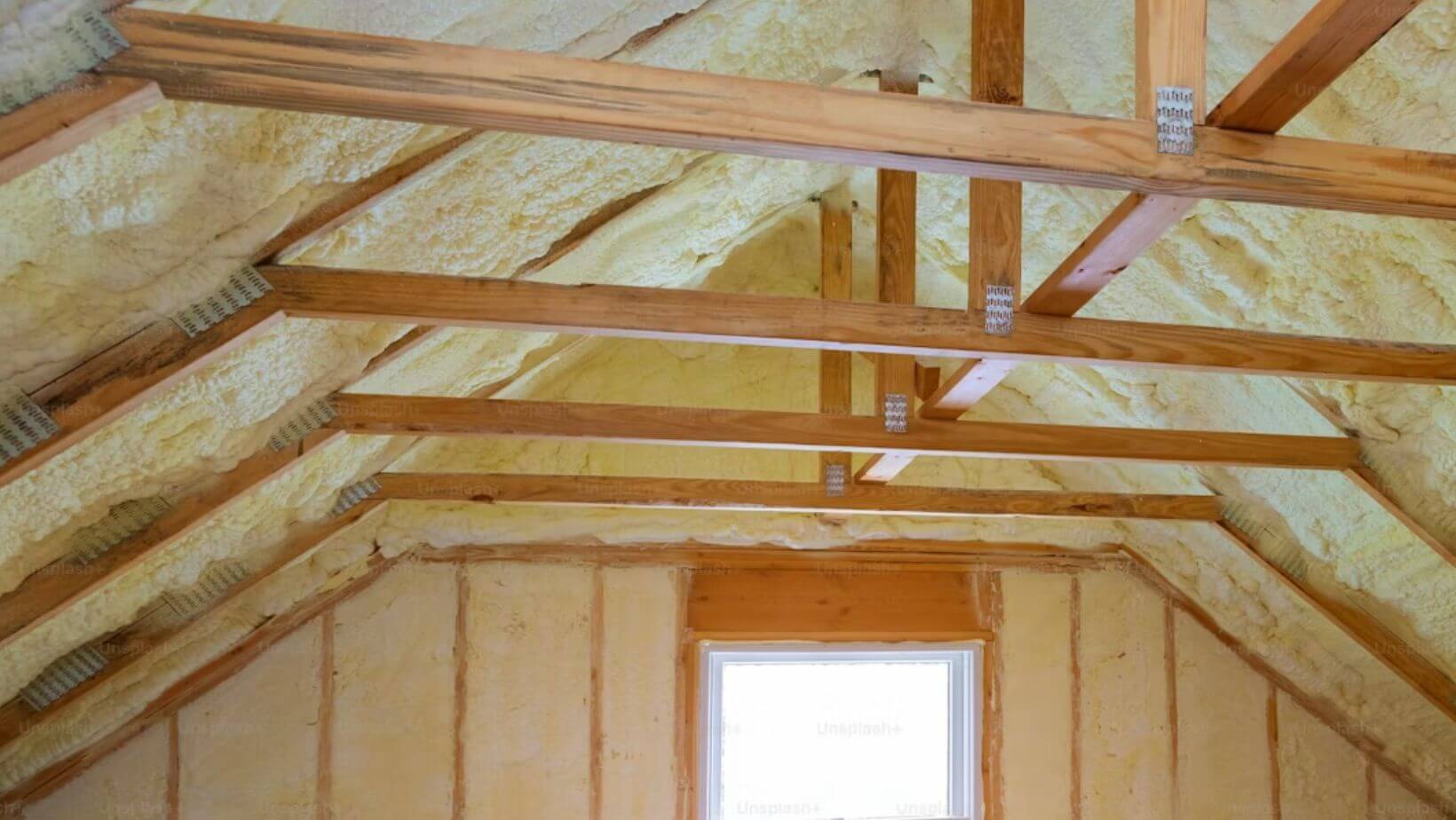Most people don’t think about insulation until winter. You know — when you’re trying to keep the house warm and the draft won’t quit. But home insulation is just as important in summer, maybe even more. It doesn’t only trap heat; it keeps your cool air from leaking out.
If your energy bills jump every time the weather gets hot, insulation might be the quiet reason why. It’s not a flashy fix, but it’s one that can save you more than turning your thermostat down another degree ever will.
Why Your Home Heats Up Faster Than You Think
Have you ever wondered why your living room felt so warm when you walked in at noon? It surprises you. Your home’s walls and roof gradually absorb the hours of sunlight, acting as if they were storing heat for later. Eventually, all that warmth ends up inside, whether you want it or not.
Inefficient insulation is the biggest enemy of your air conditioner. The machine does its cooling work for a while, everything seems to come back to normal, and right after the moment it turns off, the heat is accessing the room again. So the AC kicks on again… and again… and again.
By the end of the day, you’re not just a little uncomfortable — your energy bill feels the impact too. You might not notice it immediately, but one look at the monthly cost usually tells you something’s off.
Insulation’s Real Job: Slowing Down Heat, Not Just Holding Heat In
Insulation doesn’t trap air like a box. It slows the movement of heat — that’s its entire job. In summer, it stops the outdoor warmth from rushing inside too quickly. During the cold season, an insulation layer acts like a barrier that prevents the warm air from escaping through the walls of the house. It is for this very reason that a well-insulated dwelling is so important to be able to maintain your cooling expenses at a reasonable level.
Picture yourself on a hot day, slipping into a loose-fitting cotton t-shirt. It protects you from the full force of the sun without making you feel cold. Insulation works the same way for your house. Regardless of fiberglass, cellulose, or spray foam, the main idea behind all these is to capture small pockets of air, which will later be used to resist any changes in temperature. If the installation is done properly, then your house will be very stable — there won’t be those rapid hot-to-cold changes — and your air conditioner will be able to relax.
Where Insulation Makes the Biggest Difference on Cooling Bills
Not all portions of a house are equal when it comes to keeping cool. Heat is lost or gained far more quickly in some places than others. Here’s where you’ll see the biggest payback:
- Attic: The roof takes the full hit of the sun. Once that space heats up, it radiates down. More insulation up there means a cooler home below.
- Walls: The ones facing west are particularly vulnerable to the afternoon heat.
- Floors and basement: Without insulation, the comfort just evaporates from floors and basements because cool air sinks.
- Windows and doors: Everything else can be undone by tiny cracks and unsealed frames.
Even a few upgrades in these areas can make your air conditioner run half as often.
Signs Your Home May Be Under-Insulated
You can tell a lot without tearing into the drywall. Look out for these clues:
- The air conditioner almost never shuts off.
- One side of the house feels hotter than the other.
- Your walls or ceilings feel warm when you touch them.
- The house heats up again right after the AC stops.
- The power bill keeps climbing every summer.
If you notice two or more of those, your insulation is likely thin, uneven, or just old. And the fix doesn’t have to be complicated.
Upgrading Insulation: Practical Steps That Make an Immediate Difference
You don’t need to rebuild the house or spend a fortune. Small steps can have big results. Try these insulation upgrade tips:
- Start in the attic. It’s easy to check and usually the most under-insulated area. If you can see wooden joists, it’s time to add more.
- Seal before insulating. Close up cracks, vents, and pipe gaps so air can’t escape.
- Use spray foam for corners and edges. It fills small holes perfectly.
- Keep air flowing. A ventilated attic helps insulation work properly instead of cooking under trapped heat.
- Call a professional. A trusted HVAC contractor in San Mateo can test for leaks and suggest what’s worth upgrading.
These insulation upgrade tips pay off faster than most people expect. Even modest improvements can cool the house noticeably and bring down bills within a month or two.
In conclusion
Despite receiving little attention, insulation may be the true hero of a cozy home. It quietly saves energy and money every day without making noise or shining.
If the air conditioner is on and your house is still hot, better insulation might be what it needs. So, check the walls and attic for insulation first and if you’re not sure, just call Fuse Service. They’ve helped plenty of homeowners cut their cooling costs just by improving insulation. It’s a simple fix with a lasting effect — less stress on your system, and more comfort for you.


